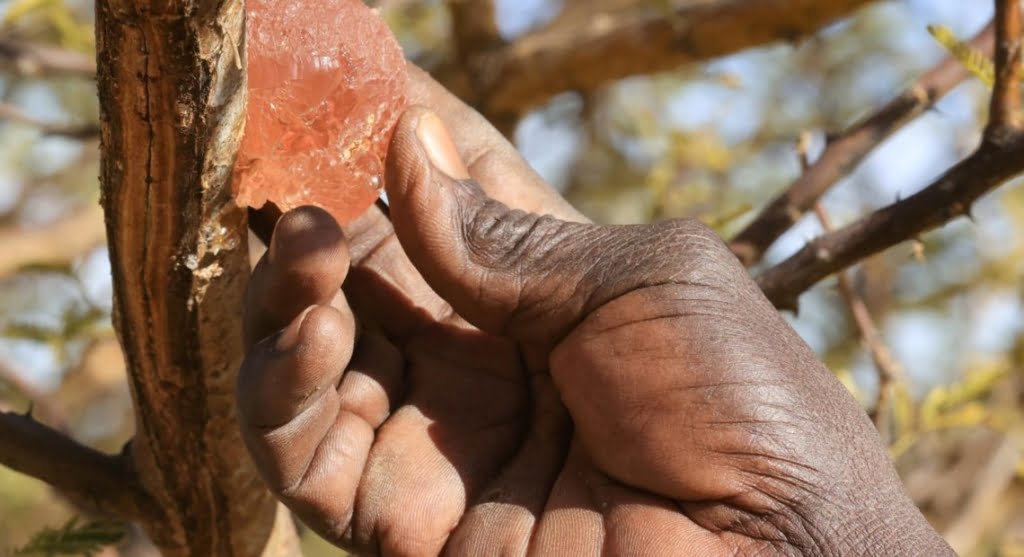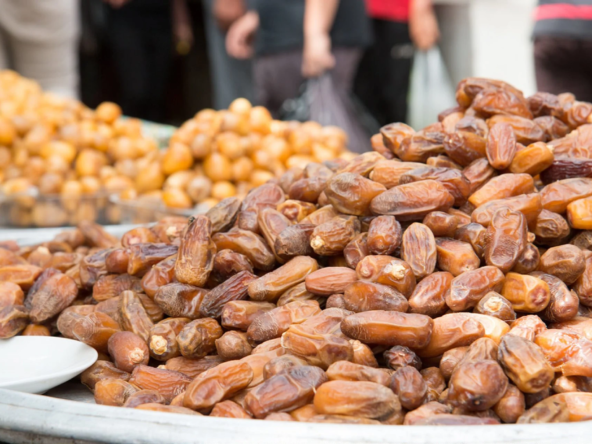Arabic gum, a natural gum harvested from the Acacia tree, has been used for centuries in a wide range of products, from food and beverages to cosmetics and pharmaceuticals. Its importance in global trade cannot be overstated, but as demand for this versatile commodity grows, so does the need for its conservation. Preserving Arabic gum-producing trees is not only essential for maintaining a sustainable supply but also vital for protecting ecosystems and local communities. In this article, we’ll explore the key conservation efforts aimed at safeguarding these trees and ensuring a future where Arabic gum continues to thrive.
The Role of Arabic Gum-Producing Trees
Arabic gum comes from the sap of the Acacia tree, specifically the Acacia senegal and Acacia seyal species. These trees are found mainly in the dry, arid regions of sub-Saharan Africa and parts of the Middle East. The gum itself is an incredible resource, utilized for its binding, emulsifying, and thickening properties. It’s widely used in food products, like soft drinks and confectioneries, as well as in medicinal products and cosmetics.
However, Acacia trees are facing increasing threats, including deforestation, climate change, and unsustainable harvesting practices. If these trees aren’t properly protected, both the environment and local economies could suffer.
Threats to Arabic Gum-Producing Trees
Several factors contribute to the decline of Arabic gum-producing trees:
- Overharvesting: In regions where Arabic gum is collected for commercial use, excessive tapping can lead to tree stress, reducing the tree’s ability to regenerate and produce gum.
- Deforestation: The clearing of land for agriculture and urban development leads to the destruction of natural habitats where these trees thrive.
- Climate Change: Changes in temperature, rainfall, and soil conditions due to climate change can significantly affect the growth and survival of Acacia trees.
- Pests and Diseases: Acacia trees are vulnerable to pest infestations and diseases, which can weaken or kill them, further limiting gum production.

Conservation Efforts in Arabic Gum Production
Despite the challenges, several conservation initiatives have been launched to ensure the survival of Arabic gum-producing trees. These efforts focus on sustainable harvesting, habitat restoration, and community engagement.
1. Sustainable Harvesting Practices
One of the most crucial steps in protecting Acacia trees is ensuring that gum collection is done sustainably. Responsible harvesting practices include:
- Controlled Tapping: Limiting the amount of gum tapped from each tree and allowing for adequate time for regeneration.
- Selective Harvesting: Only mature, healthy trees should be tapped to avoid depleting younger trees.
- Training Local Communities: Educating harvesters on proper techniques to reduce tree damage and promote regeneration.
2. Restoration of Acacia Habitats
Efforts to restore the natural habitats of Acacia trees are also gaining momentum. This includes:
- Reforestation Projects: Planting new Acacia trees in areas where they have been overharvested or where natural habitats have been destroyed.
- Soil and Water Management: Implementing practices to ensure the soil and water conditions are optimal for tree growth, especially in arid regions.
- Protection of Natural Reserves: Creating protected areas where Acacia trees can grow undisturbed, helping to maintain biodiversity.
3. Community and Economic Support
Arabic gum production provides livelihoods for many communities, particularly in Africa. By supporting sustainable practices, these communities can continue to thrive while also preserving their natural environment. Initiatives include:
- Fair Trade Certification: Encouraging fair trade practices that ensure farmers and harvesters receive a fair price for their gum, incentivizing them to protect their trees.
- Alternative Income Sources: Providing alternative livelihoods, such as eco-tourism or agroforestry, to reduce pressure on Acacia forests.
The Future of Arabic Gum and Tree Conservation
The future of Arabic gum production relies heavily on the successful implementation of conservation efforts. By protecting the Acacia tree, we are not only ensuring a sustainable supply of gum but also supporting biodiversity and local economies. With increasing awareness and collaboration between governments, NGOs, and businesses, there’s hope for a future where Arabic gum-producing trees are preserved for generations to come.
As an e-commerce company that ships agro commodities worldwide, Ajigofarms plays a critical role in promoting sustainable practices and supporting ethical suppliers who prioritize conservation. Through responsible sourcing and raising awareness about the importance of tree preservation, we can all contribute to the continued success of Arabic gum production and the well-being of our planet.
In conclusion, preserving Arabic gum-producing trees is not just about protecting a commodity, but safeguarding the environment, supporting local communities, and contributing to global sustainability. The conservation efforts underway today will help ensure that Arabic gum remains a valuable resource for years to come.




